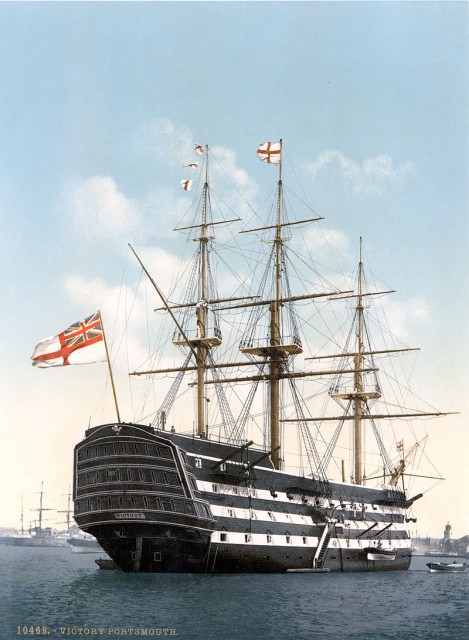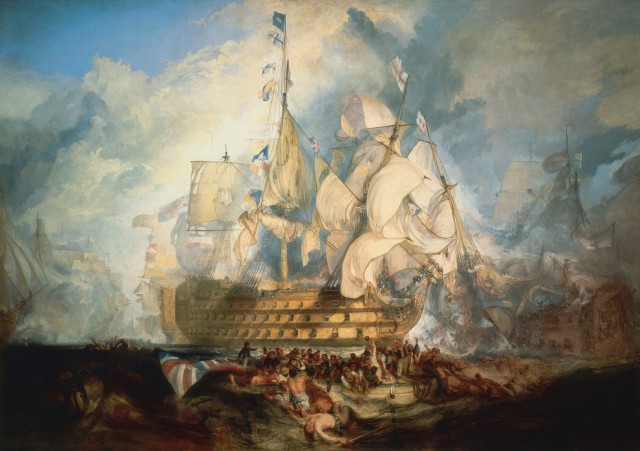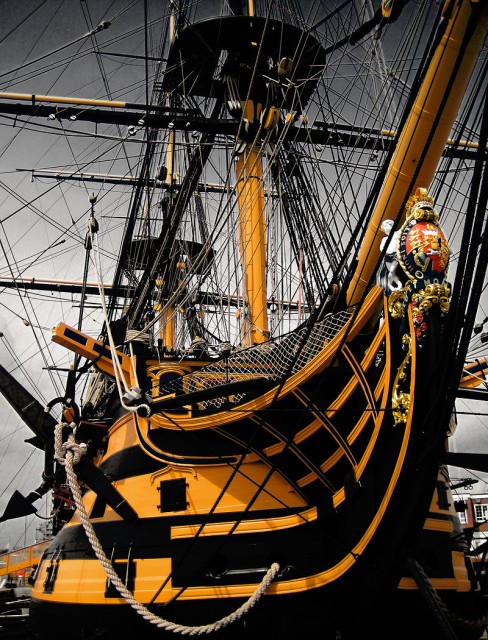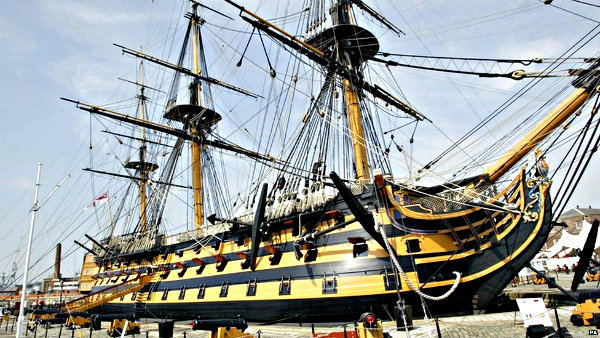HMS Victory was first launched two and a half centuries ago and was the flagship of Admiral Lord Nelson, the vessel that led him to victory during the Battle of Trafalgar. This makes her the world’s oldest naval ship still in commission. And according to reports, the most famous warship of Britain is to undergo the biggest conservation project to be done on any historical war vessel starting this year. This restoration will be at the cost of millions of pounds.
According to the curator and the project director of HMS Victory, Andrew Baines, this latest maintenance work on the warship could be Britain’s last opportunity to save the vessel as she looks today.
Among the issues that are hoped to be addressed through the costly maintenance work are the building of the new dry dock cradle for the ship. A new one is needed as the current dry dock cradle the HMS Victory is fixed on is putting a lot of stress on her hull. Furthermore, her top hull needs to be made watertight.
The points of concern regarding the plight of HMS Victory arouse when a survey of the ship was made at the cost of £550,000. The said analysis on the ship’s current state had given the conservation team a better understanding on its condition.

3D images of the 104-gun flagship were produced through the survey showing that even her keel had dropped by half-a-centimeter each year because of water damage. This drop caused her to bulge adding more pressure to the 90-year-old cradle she is currently fixed on to.
This problem has resulted to another string of complications. The ship’s top mast were removed and are yet to be reinstalled. The team worries that if they do reintroduce the 25-ton masts to the structure of HMS Victory, they would compromise her structure.
HMS Victory has been in dry dock since 1922. Over 25 million people had also visited, walked and seen her historic decks. The last time it went under restoration was in 1955. That said work was completed forty-seven years later, in 2002.

As Mr. Baines pointed out, this second restoration project on HMS Victory will be as painstaking as the first one and will be very expensive. That is why when they started, they wanted to be one hundred percent correct with the steps they are going to take. He added that they may be the last time they are going to have the opportunity to really save the vessel that is why they are making sure that the vital historical material she is carrying will survive throughout and even after the conservation.
The curator stated that money isn’t an issue when it comes to project. However, no one has ever dealt with a restoration work this big and they also didn’t want to experiment with a valuable museum artifact.

The project for the restoration of HMS Victory will start in February with stage one being the redesigning of her birthing cradle. As of the moment, though, there is no set date for the completion of the project. What is emphasized is that the team needs to have a slow approach on it.
The team is also hoping to keep her open to the public even through the ongoing work.
